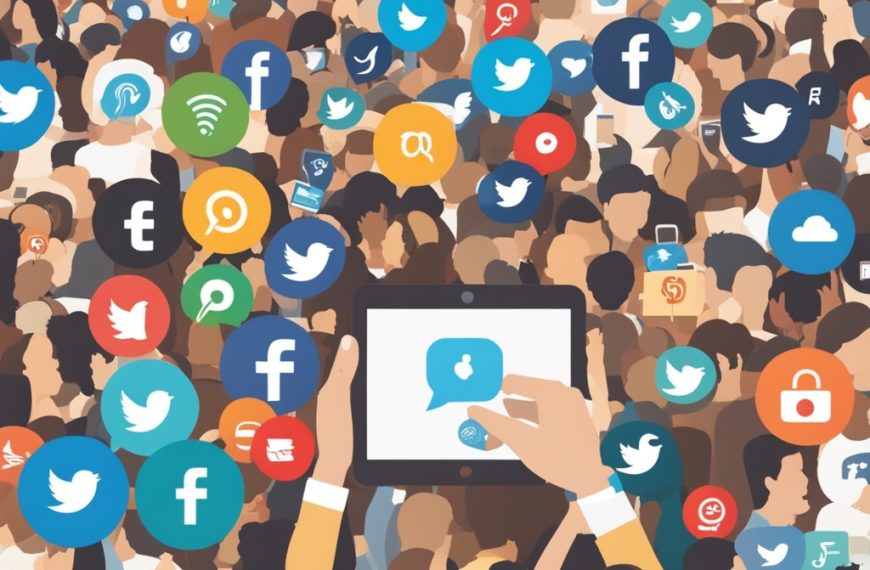In today’s digital age, where news spreads rapidly, brands often find themselves in the spotlight—sometimes for the wrong reasons. Negative publicity can be damaging if not handled correctly, but forward-thinking brands know how to turn setbacks into opportunities for positive engagement. This article explores key strategies brands use to transform bad press into meaningful connections with their audience.
Understanding Negative Publicity
Negative publicity arises from various sources, including product recalls, customer complaints, PR blunders, social media backlash, or ethical concerns. In the past, companies could contain crises through traditional media, but in today’s interconnected world, even minor issues can escalate quickly. However, the way a brand responds to criticism can significantly influence public perception and brand loyalty.
Strategies for Turning Negative Publicity into Positive Engagement
1. Respond Quickly and Transparently
Delays in addressing negative publicity can worsen the situation. Brands that acknowledge issues promptly and transparently show accountability, which helps rebuild trust. Instead of ignoring criticism, they respond with facts and solutions.
Example: Johnson & Johnson’s Tylenol Crisis (1982)
When cyanide-laced capsules led to several deaths, the company immediately recalled all Tylenol products, cooperated with authorities, and introduced tamper-proof packaging. Their quick and transparent response restored public trust.
2. Own Up to Mistakes and Apologize Sincerely
A genuine apology can go a long way in regaining customer trust. Brands that acknowledge their mistakes without making excuses demonstrate humility and a commitment to improvement.
Example: KFC’s Chicken Shortage (2018)
When KFC ran out of chicken in the UK due to supply chain issues, they humorously addressed the situation by rearranging their logo to spell “FCK” on an ad, alongside a sincere apology. The approach turned customer frustration into brand admiration.
3. Engage Directly with Customers
Social media provides brands an opportunity to engage in real-time conversations. Brands that respond personally to complaints and concerns show that they value their customers.
Example: JetBlue’s Customer Service Response
When a passenger tweeted dissatisfaction about a delayed flight, JetBlue responded directly, offering an apology and compensation. Their responsiveness turned a frustrated customer into a loyal advocate.
4. Turn Criticism into an Opportunity for Change
Some brands use negative feedback as a chance to improve products, policies, or services, showing customers that their voices matter.
Example: Domino’s Pizza Recipe Overhaul (2009)
Domino’s faced heavy criticism about the taste of their pizza. Instead of ignoring the complaints, they publicly acknowledged the issue and launched a campaign showcasing their recipe improvements. This transparency and commitment led to a surge in sales.
5. Leverage Humor and Creativity
When appropriate, humor can defuse tension and reframe negative situations in a lighthearted way. However, brands should ensure that humor does not come off as dismissive or tone-deaf.
Example: Wendy’s Social Media Strategy
Wendy’s Twitter account is known for its witty and humorous engagement with customers and even competitors. Their playful responses to criticism often turn negative interactions into viral moments that boost brand popularity.
6. Use Influencers and Brand Advocates
Brands can enlist influencers or loyal customers to help shift the narrative. Positive testimonials and support from credible voices can counterbalance negative press.
Example: Nike’s Colin Kaepernick Campaign (2018)
Nike faced backlash for featuring Colin Kaepernick in an ad campaign due to his controversial protests. However, they stood by their message, and the campaign resonated with their target audience, leading to increased sales and brand loyalty.
7. Highlight Corporate Social Responsibility (CSR)
A brand’s response to negative publicity can be strengthened by showcasing its social responsibility efforts. When brands align with meaningful causes, they demonstrate a commitment to making a positive impact beyond profit.
Example: Starbucks’ Racial Bias Training (2018)
After an incident involving racial profiling at one of its stores, Starbucks closed 8,000 locations for a day to conduct racial bias training for employees. This proactive measure showed their commitment to inclusivity and helped repair their reputation.
Key Takeaways
- Quick, transparent responses help mitigate damage and rebuild trust.
- Sincere apologies humanize a brand and demonstrate accountability.
- Direct engagement with customers shows that feedback is valued.
- Using criticism constructively can drive meaningful brand improvements.
- Humor and creativity can reframe negative narratives when used appropriately.
- Influencers and brand advocates can help shape public perception.
- Corporate social responsibility efforts reinforce brand values and integrity.
Negative publicity does not have to mean the end of a brand’s credibility. When managed effectively, crises can turn into opportunities for meaningful engagement and long-term brand loyalty. By responding with authenticity, transparency, and a customer-first approach, brands can transform public perception and emerge stronger than before.




